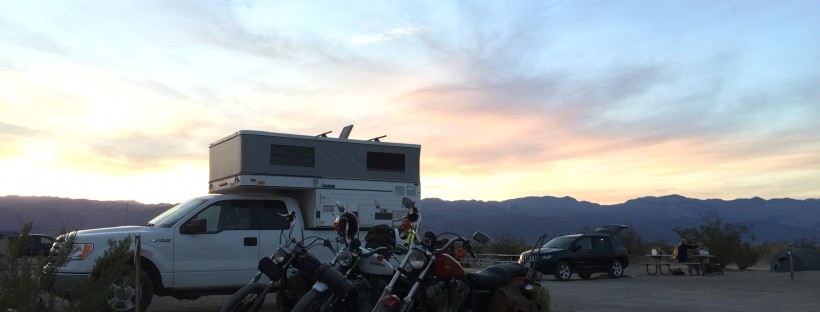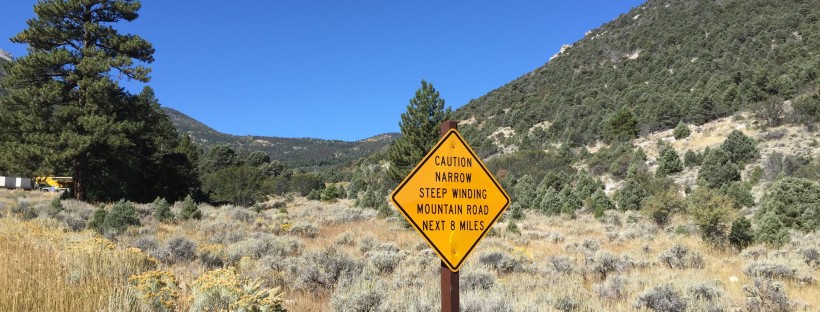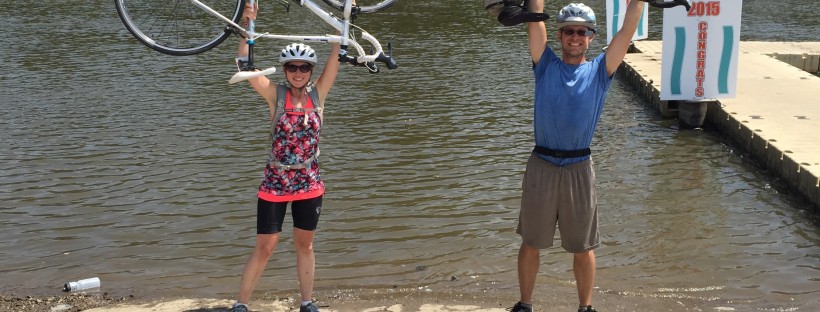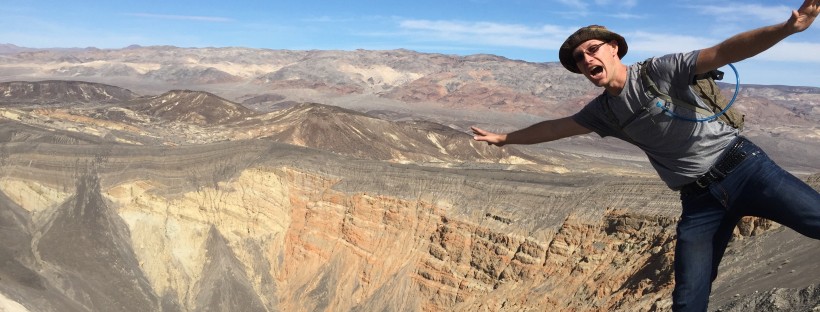While writing “A Few Thoughts on (RV) Size” I briefly touched on different RV options and mentioned how we are curious about the different rigs that people are using. Of course, we don’t know who is full-timing, on a 6-month walk-about, using a week’s vacation to travel or just out for a relaxing weekend. And to some extent, it all depends on the person. Some people would be happy in a teardrop for a year while others need a fully decked-out Class A to be comfortable for a weekend.
Here are a few of my thoughts about the different options – how and what I would use them for, personally.
Class-A Motorhome
These buses are just bigger than I have a desire for. The space would certainly be convenient (especially moving up from something smaller) as I could throw everything that I own in one an still have room left over. They seem like they’re ideal for families who use their RV as long-term home-base for adventures, driving to a new destination and staying there for at least a few weeks. Plenty of room to spread out.
Conversion Buses
While these can be the same size as a Class-A, I am a lot more intrigued by them. It’s the DIY nature that appeals to me. I like the idea of buying a bus, ripping out the interior, and getting to build up from a blank slate to match my desires. However, I know that this can be a challenging and expensive process (though it doesn’t have to be).
If I were to do this, I think it would work best as a quick way to build a permanent structure on a plot of land. Install wood floors, some hammocks across the back, cabinets and counters down one wall and a window seat on the other for easy furnishings. A black-hose solar water heater on the roof with a water cistern underneath hooked into the sinks, combined with a composting toilet and a wood stove would be fairly easy to put together for basic utilities. A solar panel kit on the roof with batteries stored underneath for lights and some power. It would be a metallic rustic cabin, with lots of natural light from all of the windows.
Class-C Motorhome
Obviously, I’m happy with one of these. It’s a great mix of a self-contained vehicle and living space. The Ford chassis that ours is built on provides plenty of pulling power and we have ample space inside. We really like the ability to move directly from our living quarters into our vehicle without having to go outside – not only convenient but very handy when it’s cold, raining, or we otherwise don’t want to go outside but are ready to start moving. Plus, it can’t be overstated how much we like being able to see what is happening inside our home while we are on the road. If we forget to take something off the counter and it slides onto the floor we can quickly stash it away, though on a trailer we wouldn’t know until we arrived and went back to find it.
Class-B Motorhome
The RoadTreks keep drawing my attention. Though I’ve seen video and photo walk-throughs online I have not yet been inside of one and am curious. They seem large enough to make a dandy full-time space for two while traveling but I’m not sure that they would feel large enough to live in while stationary for any period of time. If anyone happens to have one that I could test out, however, I’m certainly happy to experiment!
Fifth-wheel
Though these seem to be popular and provide plenty of space along with, I assume, quite a good turning ability, they don’t appeal to us. Of course, we haven’t spent any time in one so we can’t give an informed decision. I know that they can be the largest of trailers, as the tongue doubles as an additional room without adding additional length out the back and they are popular choices because of that. For aesthetic and storage reasons we are more interested in a traditional trailer than a fifth-wheel.
Trailer
Trailers provide the convenience of separating your house and your vehicle, something our motorhome cannot do. We are towing along a secondary vehicle (commonly called a “toad”, in our case the motorcycle on our trailer) to make up for that fact. With a trailer we could park, unhook, and drive our towing vehicle as a daily driver. That vehicle would also provide additional storage – perhaps tools, grill, and bicycles could live in a truck bed, replacing a trailer of some sort.
We are drawn to the Airstream trailers, though I expect it would have to be either a new one or remodeled to look how we would like inside – and the price of a new one rather dampens our interest. Our vision includes wood floors, a tiled shower in the bathroom, sleek modern lines on furniture, and brightly colored blinds to liven up a space.
Conversion Van
The project nature of a van appeals to me – the fun of planning it out is probably greater than actually building it. There are three things that really intrigue me about these: the satisfaction of living in something you made, the portable nature allowing one to get far back into nature, and the stealthy ability to overnight parked along the street in towns.
I think that one of these would be a fabulously affordable way to venture out on an extended road trip or to save money while traveling along with a mobile job of some sort. The building process would just start the adventure early, before the travel is actually undertaken.
Tear-drop Trailer
Again, the DIY nature of these appeals to me. There are abundant plans available online. Small and streamlined, they can be pulled by efficient vehicles, not requiring a large truck. Providing basically a comfortable bed and efficient kitchen, they look like highly-upgraded camping kits to me. I expect to build and utilize one of these once we decide to settle down somewhere. It will help push us to go and spend time in nature or travel, camping in luxury in a mobile vacation home of our own.
So many options…
I know that I’ve left a lot of other options out (like a converted box truck) and that many of the DIY projects overlap (wooden floors and solar) but I just wanted to share some of the different methods of travel that I’ve seen and thought about while on the road.
There’s something for everyone out there, customizable to your specific desires and circumstances. It just takes a bit of time and effort to seek it out and then make it your own.




















